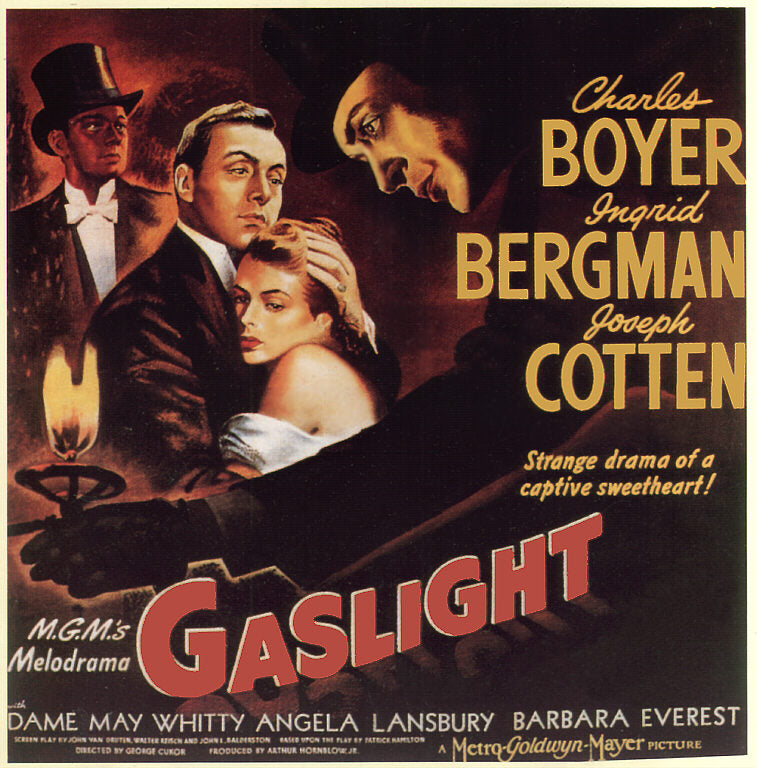
How Ads Have Period-Shamed Us For Decades
Guest BloggerThe ad industry is a mess of misogyny, and period ads are no exception. Our guest blogger Mika debunks a lot of menstrual mythology perpetuated by the advertising industry.
If you menstruate, you’ve probably gotten pretty good at the tampon sleeve-tuck or the pad pocket-slip. You know what I’m talking about; anyone with a uterus that bleeds has come up with some way to sneak those period products to the bathroom lest you have an awkward moment with non-menstruators.
I so feel for the people in this video by ATTN:, whose coworkers show off pictures of their latest “dump” but run screaming at the mention of periods.
(TW: gendered language)
OK, so obviously that’s exaggerated. Sort of. Period shame is most definitely real and has a serious impact on menstruators’ daily lives. A recent poll of 1,500 women and 500 men across the U.S. – which, sadly, stuck to the gender binary when polling people about period shaming – found that more than half (58 percent) of the women polled felt embarrassed just because they were on their periods. One in five of those women were shamed by comments made by a male friend, and 44 percent of men said they made a joke or comment about their partner’s mood when she was on her period. And at work? Ugh. More than half of the men polled (51 percent) think it’s inappropriate for women to talk about their periods. Seriously?
Oh, and that sleeve-tuck and pocket-slip? Most of the women surveyed (73 percent) do that, and 65 percent have worn specific clothes to hide potential leaks. Seven in 10 have had friends walk behind them to check to see if their pad was showing, while 29 percent cancelled plans altogether if those plans would’ve exposed the fact that they were on their periods.
So what gives? Why are we so ashamed of our periods?
The Power of Period Ads
Media representation is powerful; it can spread stigma and shame or inform and empower. Unfortunately, since the first period product advertisements appeared in the 1920s, they did the former by representing menstruation as a “problem” that required discretion and secrecy. And it’s no wonder; in the late 20th century, ad agencies were run by men who 1) avoided taking menstrual product accounts like the plague and 2) did not understand menstruation.
Thus began decades of period product ads that treated menstruation as a taboo topic. In the early days, ads didn’t even include product descriptions, and some period product brands came in plain brown paper boxes to hide what was inside. When brands did start adding descriptions, popular descriptors included “discreet” and “virtually undetectable,” as if acknowledging your period in public was a horrifying social faux pas. In fact, it wasn’t even until 1985 (that’s right, 1985) that the word “period” was spoken in a TV commercial:
The slut-shaming began in the 1930s, with tampon companies worrying that unmarried people, who were supposedly virgins, wouldn’t want to use tampons because they penetrate the vagina. This led to ads that reassured consumers that they could not lose their virginity from using tampons. Tampax actually published an ad in 1990 (that’s right, 1990) that reads, “Will I still be a virgin?” You might laugh at that, but if you think about it, that means less than 30 years ago, there was still a stigma surrounding tampon use. People were still worried using tampons would affect them on a societal level.
Once ads began to actually show what period products are intended to do, we were introduced to the infamous blue liquid as a placeholder for menstrual fluid. The excuse was to save viewers from the unsavory appearance of bodily fluids even though viewers don’t find blood unsavory in movies or TV shows. Apparently, blood is only disgusting when it comes out of a vagina. That, my friends, is period shaming.
A Long, Bloody Way to Go
Around 2010, brands started to realize it was time for a change. Kotex launched several ads that poked fun at period ads, including this one that points out some of more obvious (and ridiculous) tampon ad tropes:
Or this one, where Bodyform’s CEO actually drinks the blue liquid and responds to a Facebook message from a man named Richard, who rails on about all of the lies he’s been told about that magical “time of the month”:
Note the heavy use of gendered language in these ads. Period products then – and for most mainstream brands today – were intended for cisgender women. More period shaming.
Then, finally, in 2017, we see blood and red liquid in a period ad with Bodyform’s “Blood is Normal” ad:.
Not only does the ad depict menstrual blood, but it also shows a man buying pads, a woman asking for a pad, and a couple having sex, with one of them presumably menstruating. All of these are scenarios that address areas of period shaming.
It’s taken until 2017 to see an ad like this, and it’s just a single ad from a single brand. Given the history of period product advertising, it’s no wonder people who menstruate feel embarrassed about getting their periods. For decades, advertisers have been driving home the message that periods are more disgusting than the gore you see in horror movies.
We need to see more brands step up and stop the period shaming. That means being inclusive of all menstruators. While it’s encouraging to see brands start to toss the white pants and drink the blue liquid, it’s time they really subvert societal expectations so they end period-shaming once and for all.




